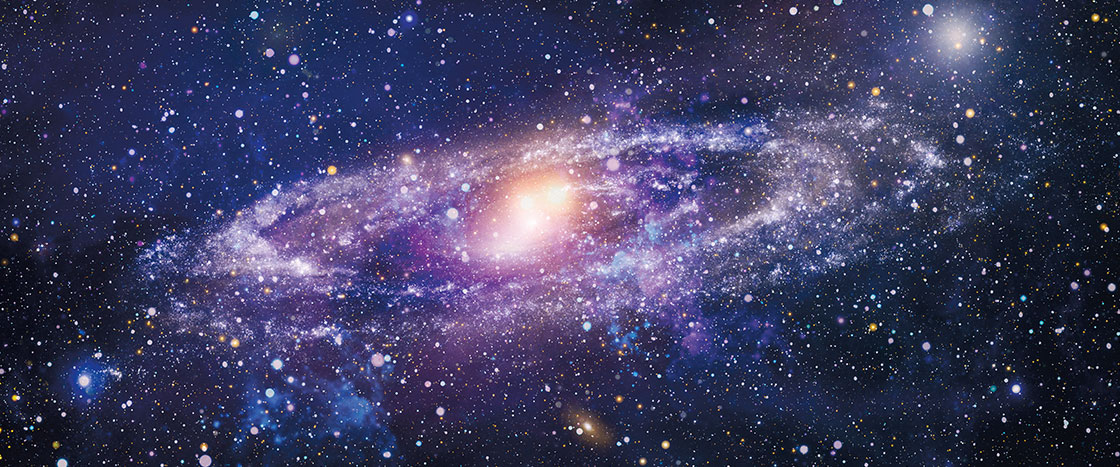hana honoka/Shutterstock.com
Twinkle, twinkle . . . billions of stars! We can see the stars only at night, but they are there all the time.
We can see the stars only at night. But they are there all the time.

You’re going to read a story about stars. Here are four facts you should know first.
1) Billions of stars are in the sky.
1) Billions of stars are in the sky.
hana honoka/Shutterstock.com
Twinkle, twinkle . . . billions of stars! We can see the stars only at night, but they are there all the time.
We can see the stars only at night. But they are there all the time.
2) A telescope helps us see stars and planets.
2) A telescope helps us see stars and planets.
kattrin_k/Shutterstock.com
A telescope helps us see things that are far away. It makes things seem bigger. People use telescopes to look at the stars and planets.
A telescope helps us see things that are far away. It makes things seem bigger.
3) It is hard to see stars in the city.
3) It is hard to see stars in the city.
Matej Kastelic/Shutterstock.com
When you look up into the sky in the city, you don’t see many stars. Why?
Cities have many people and buildings. Everything is lit up at night.
All that light is really bright. It’s so bright that it blocks the stars out!
The light from the city is really bright at night. It’s so bright that it blocks the stars out!
4) It is easier to see stars in the country.
4) It is easier to see stars in the country.
Zakharchuk/Shutterstock.com
Not as many people live in the country. There are not as many lights at night. It is dark. When you look up into the sky, you see so many stars!
There are not as many lights at night in the country. It is darker than the city. When you look up into the sky, you see so many stars!
About the Article
Science Focus
Night Sky
Social Studies
Types of communities
Vocabulary
telescope
BUILDING BACKGROUND KNOWLEDGE
This article gives kids background knowledge that will help them better understand this issue’s Fiction story, “The Stars Below Me.”
ESSENTIAL QUESTION
The big question of this issue of Storyworks 2 is: What surprising things happen in the dark?
1. BEFORE READING
Show “The Big Question” Video (10 minutes)
Watch “The Big Question: What Surprising Things Happen in the Dark?”
Preview Vocabulary (5-10 minutes)
2. READ THE ARTICLE (10 MINUTES)
3. AFTER READING (3 MINUTES)
ELA Focus: Quiz (10 minutes)
ELA Focus: Writing From Personal Experience (20 minutes)
Enrich the Learning: Paired Text (20 minutes)